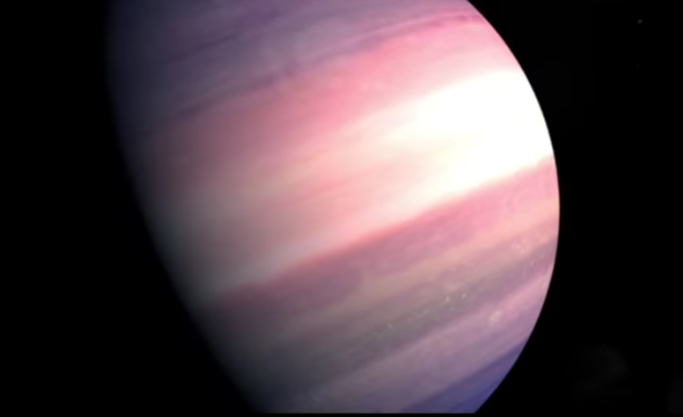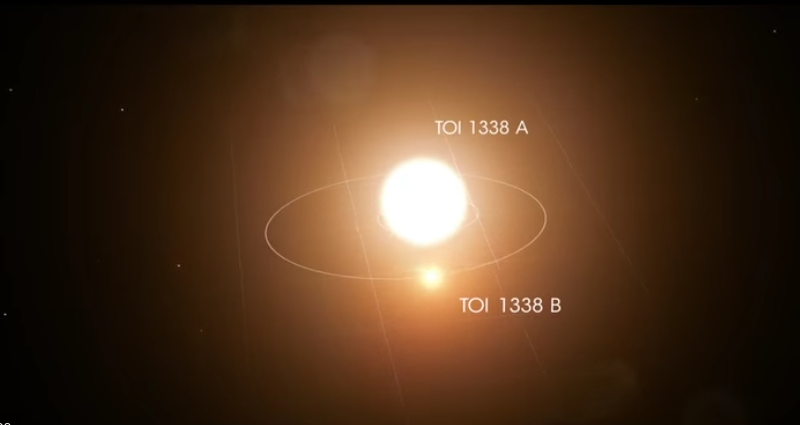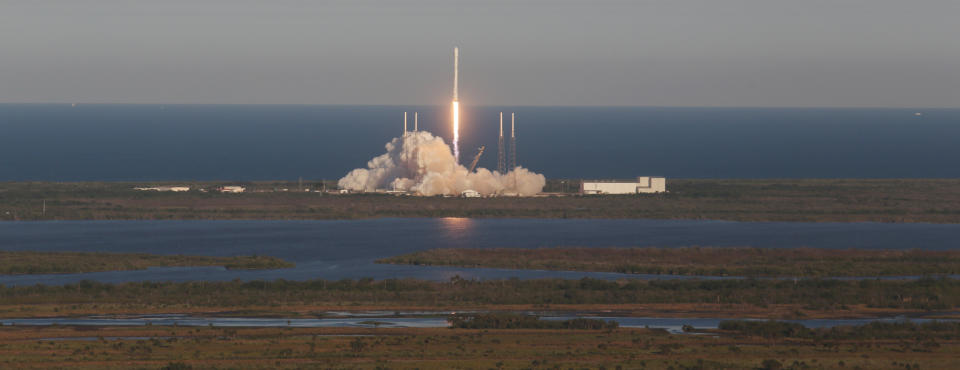NASA intern discovers planet with two suns - just three days into the job

An high school intern at NASA who had been at the job for just three days helped discover a new planet with two suns.
The planet TOI 1338 b was found 1,300 light-years away in the Pictor constellation - the only planet in the system with two stars.

In 2019, Wolf Cukier joined NASA’s Goddard Space Flight Center in Greenbelt, Maryland, as a summer intern.
His job was to examine variations in star brightness captured by NASA’s Transiting Exoplanet Survey Satellite (TESS) and uploaded to the Planet Hunters TESS citizen science project.
Read more from Yahoo News UK:
Woman, 21, who posed as teenage boy to ‘sexually assault up to 50 girls’ after grooming jailed
Foolish’ drunk driver who killed up-and-coming rapper after drinking six pints is jailed
Police appeal for witnesses after horse is shot in head with 50mm nail gun
But the student spotted something unusual while examining TESS' star data.
Cukier said of the discovery: “About three days into my internship, I saw a signal from a system called TOI 1338.

“At first I thought it was a stellar eclipse, but the timing was wrong. It turned out to be a planet.
“I was looking through the data for everything the volunteers had flagged as an eclipsing binary, a system where two stars circle around each other and from our view eclipse each other every orbit.

The four cameras used in the ongoing TESS analyse an area of sky for 27 days at a time, taking a photo every 30 minutes.
As planets pass in front of stars, - known as a transit - it can help astronomers determine the location of planets.
But a planet with two stars makes the transit method a little more difficult to spot. TESS could only spot the transit of the planet passing in front of the larger star.

 Yahoo News
Yahoo News 
